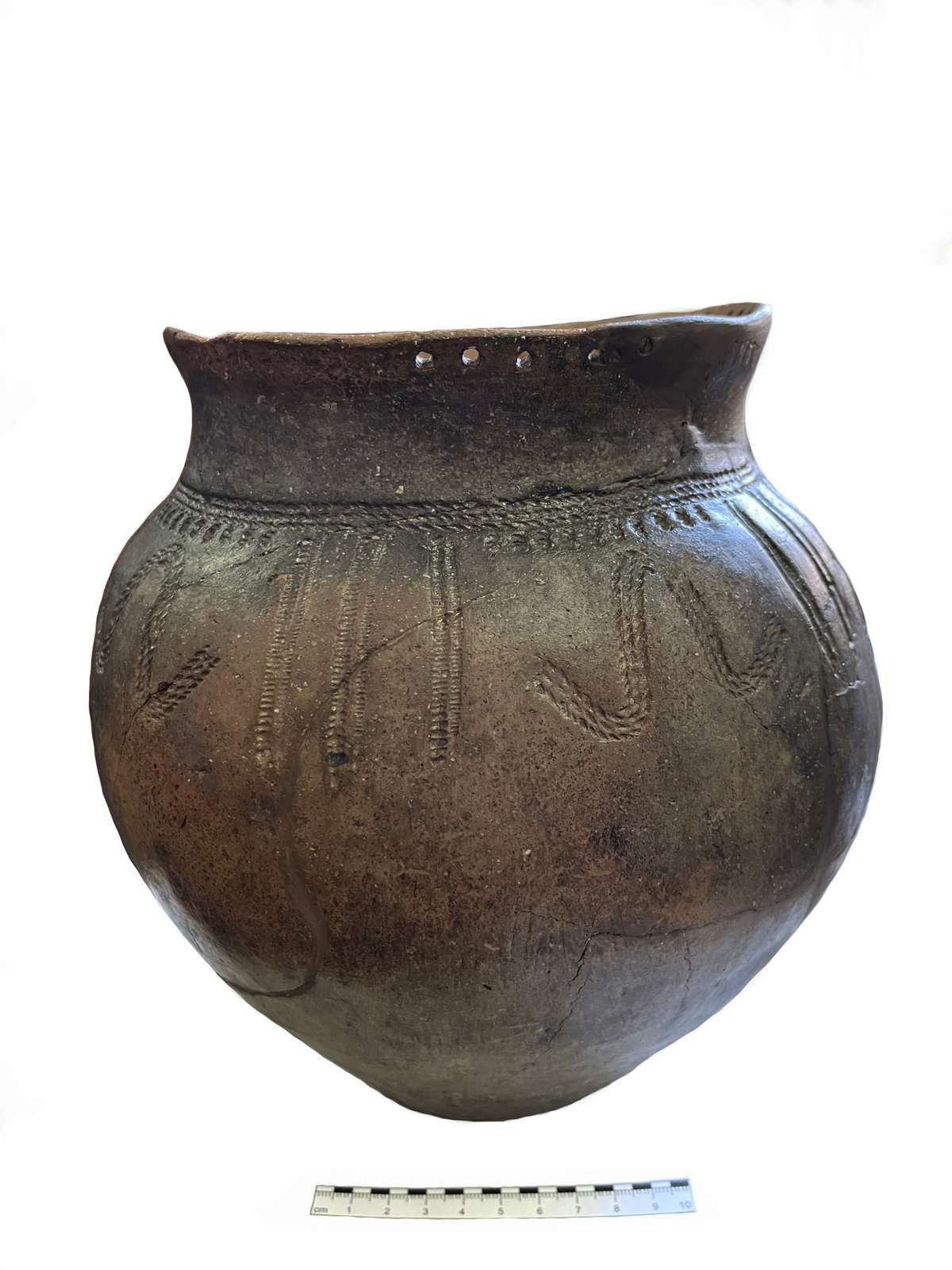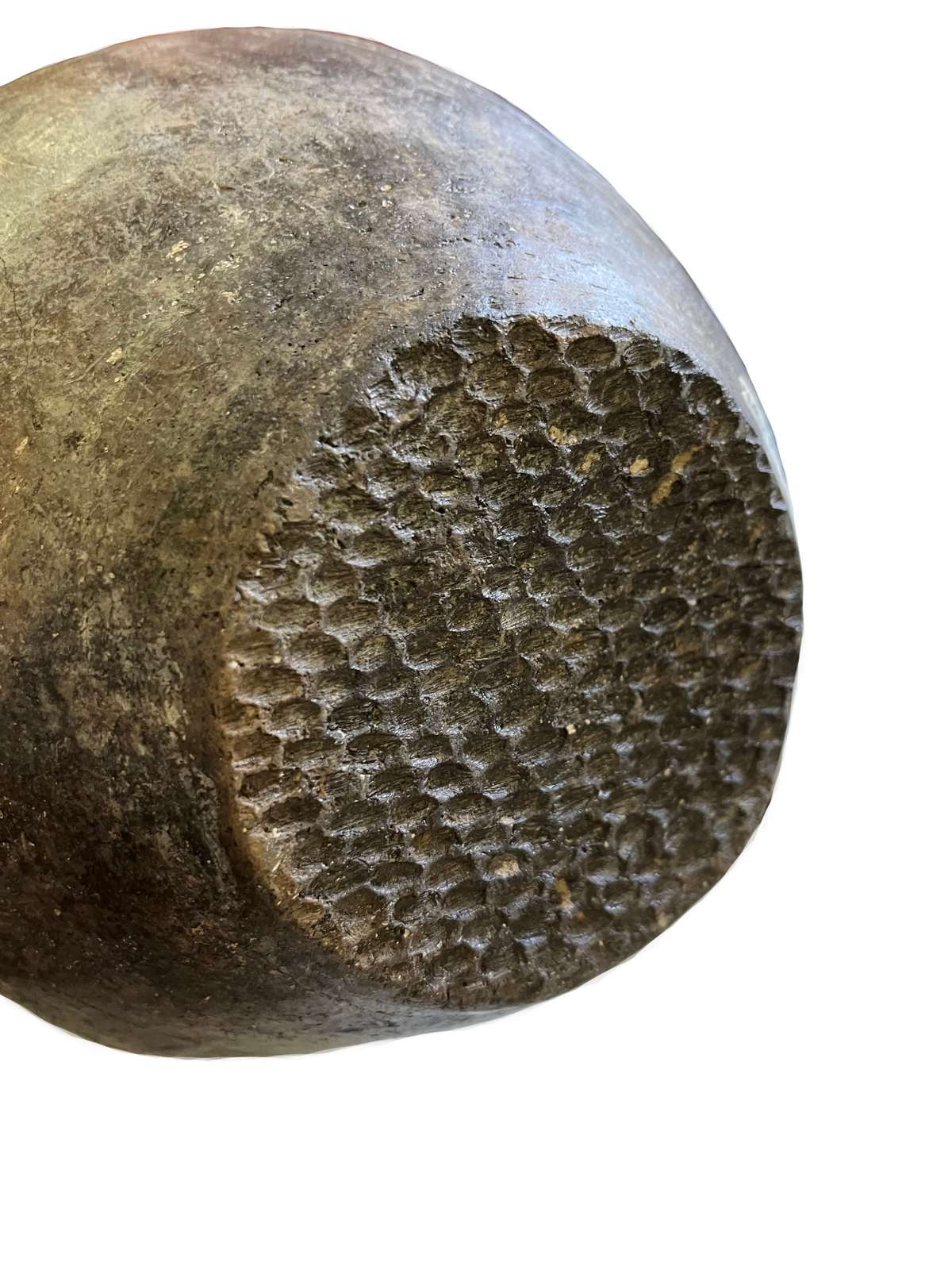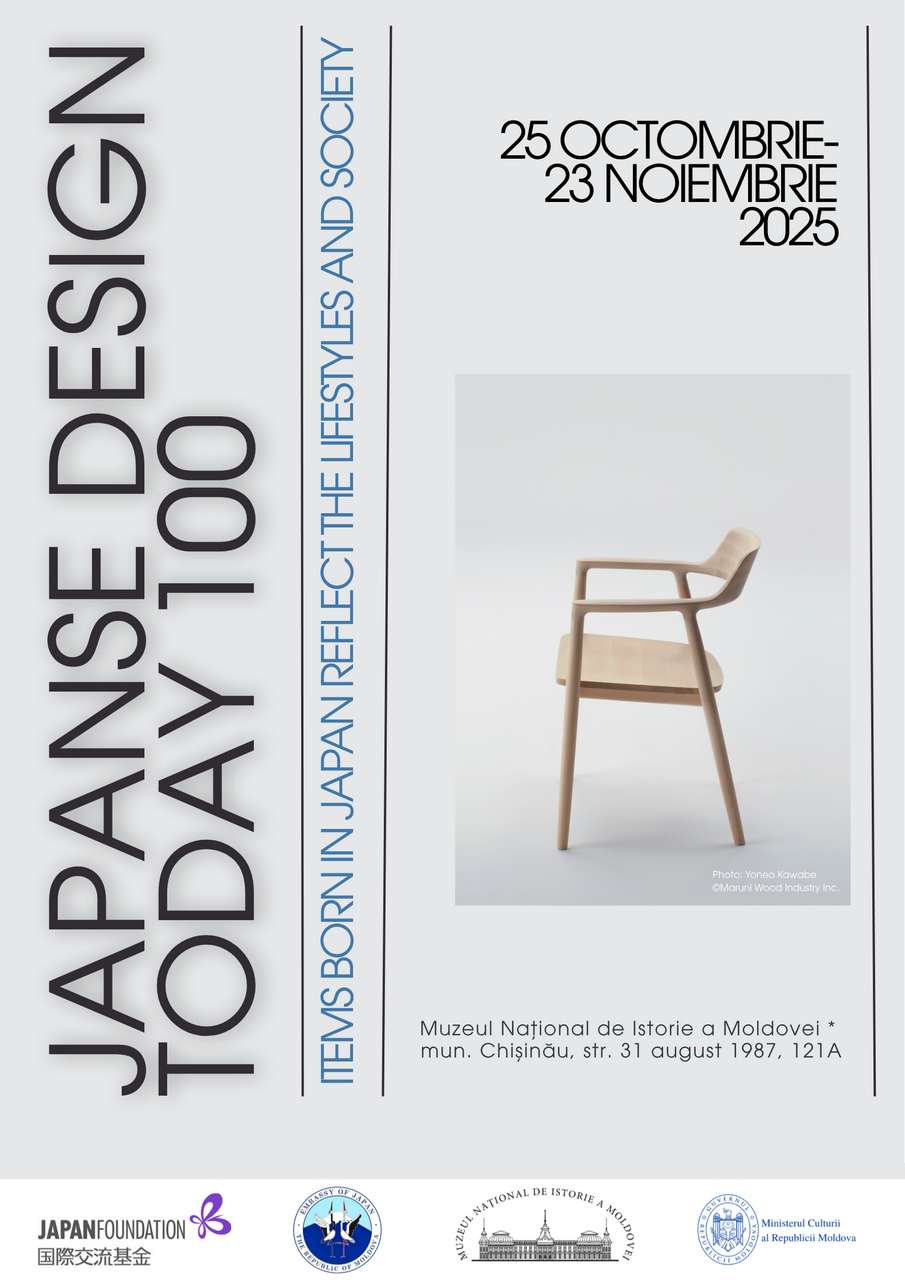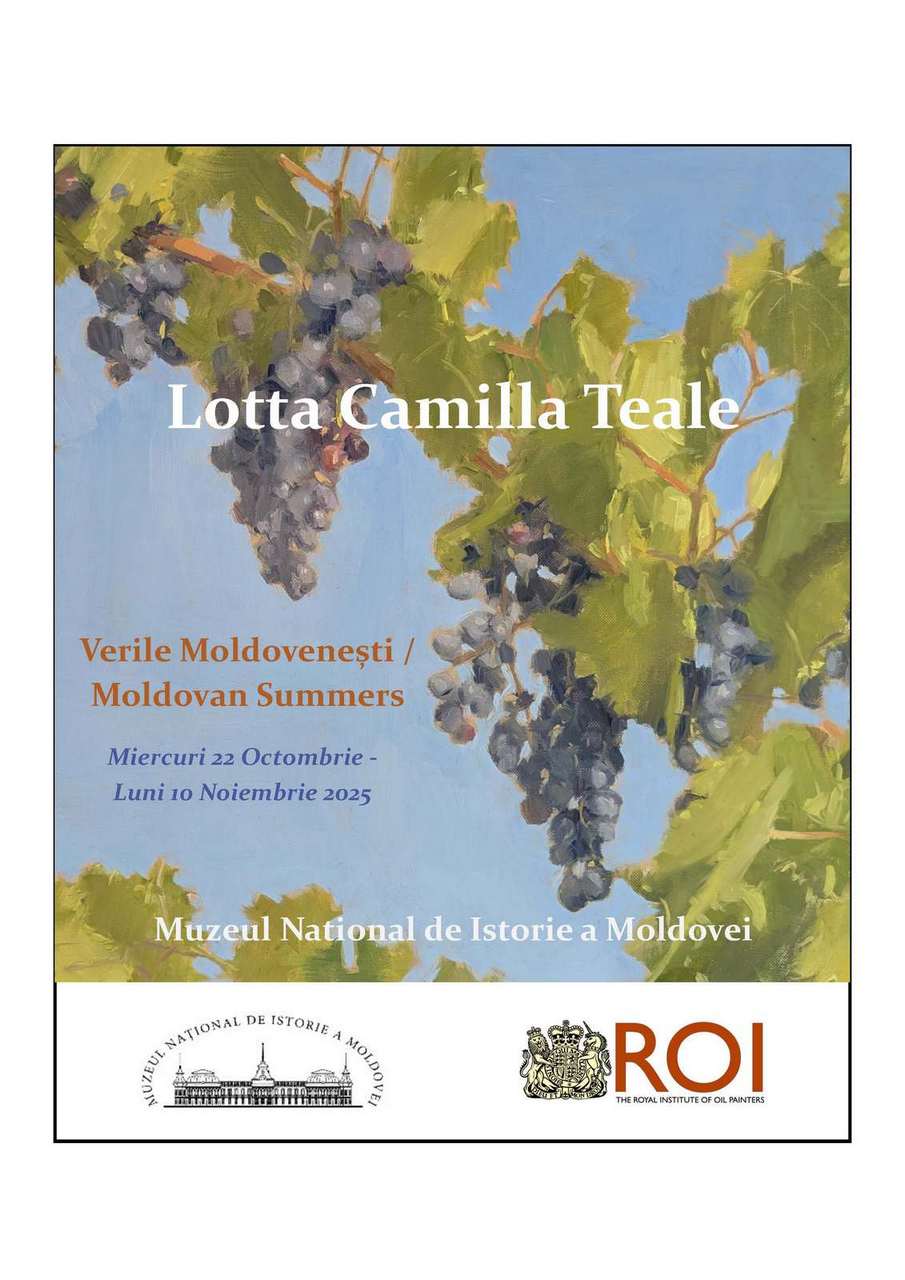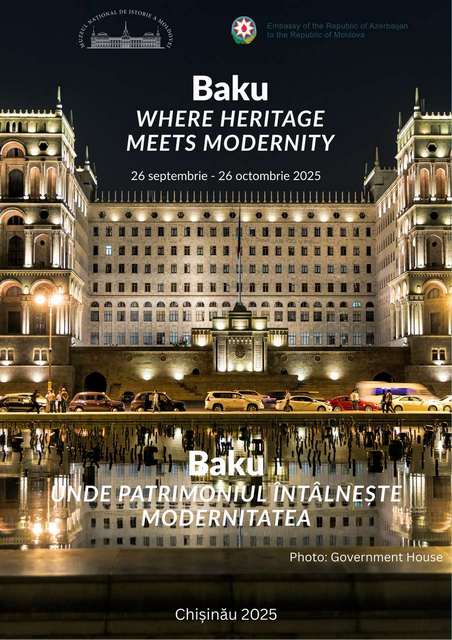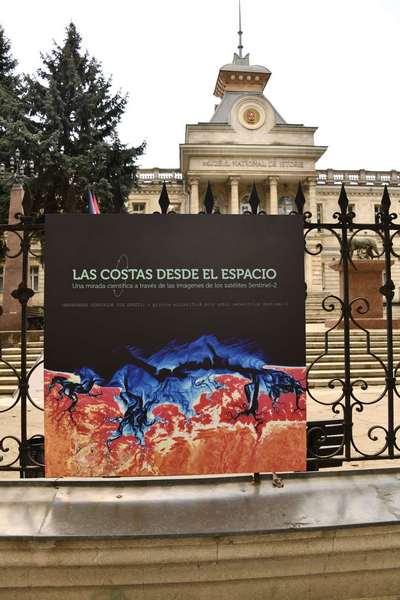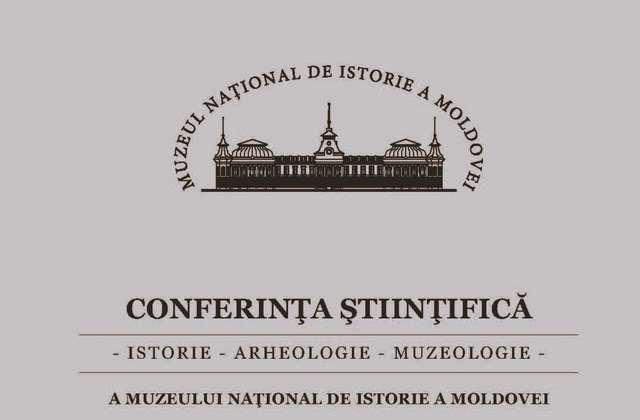  Events Archive Events Archive
European Night of Museums 2023
May 13, 2023
At the night of the museums, fashion comes alive!
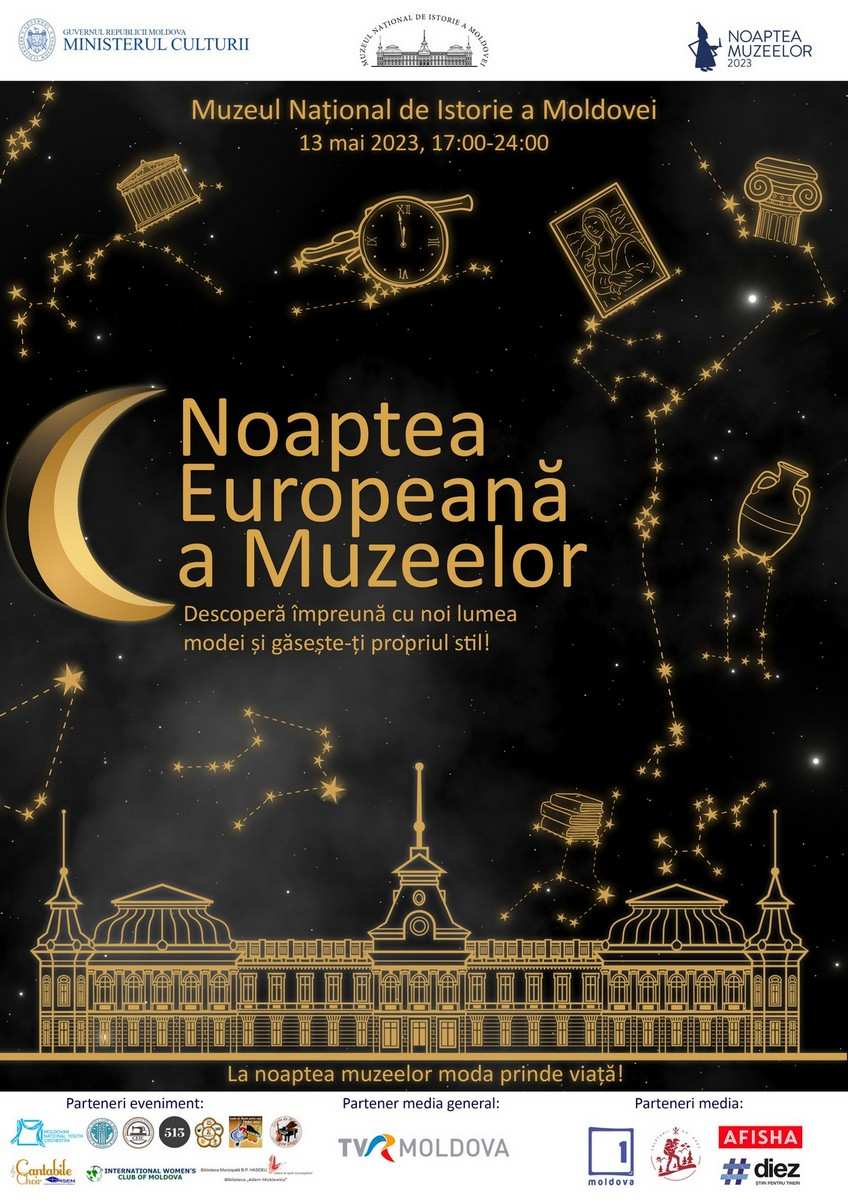 The National Museum of History of Moldova had the pleasure of hosting one of the most important events in the world museum community - the European Night of Museums, under the banner "At the night of museums, fashion comes to life!". The event, in its 19th edition, was organized on Saturday, May 13, 2023, between 17:00 and 24:00. The National Museum of History of Moldova had the pleasure of hosting one of the most important events in the world museum community - the European Night of Museums, under the banner "At the night of museums, fashion comes to life!". The event, in its 19th edition, was organized on Saturday, May 13, 2023, between 17:00 and 24:00.
During the evening, visitors had the opportunity to participate in various activities and surprises specially prepared for them. The program of the event included free visits to the museum's permanent and temporary exhibitions, the interactive game "Discover me!", worldly animations in the museum's exhibitions, etc. The students of the Center of Excellence in Light Industry organized hair and make-up laboratories, and the International Women's Club of Moldova presented the laboratory "The Enigma of the Indian Sari" and the international parade "Fashion without borders". There were also artistic performances, music and dance recitals performed by the students of the "Eugen Doga" School of Music, the ensemble of guitarists from the class of Professor Nicolae Ceauș of the "Maria Bieșu" School of Music, the students of the Department of Choreographic Art and Motor Performance of the Academy of Music, Theater and Fine Arts, as well as the "Cantabile" Youth Choir of the Academy of Economic Studies from Moldova. In addition to the activities inside the museum, there were also motorcycle exhibitions in the museum courtyard, the festive recital by the marching band of the "Alexei Stârcea" School of Arts and the presentation of "Guardians of Peace" in which the participants could dress up in medieval armor. The evening was ended in a spectacular way with a fire-show supported by the "Kairos" Club. The National Museum of History of Moldova thanks everyone who participated in this special event and looks forward to next meetings at our events!
Event partners: Moldovan National Youth Orchestra, 513, "Cantabile" Youth Choir of the Academy of Economic Studies of Moldova, Academy of Music, Theater and Visual Arts (AMTAP), Center of Excellence in Light Industry, International Women's Club of Moldova, "Adam Mickiewicz" Library, "Alexei Stârcea" School of Arts, "Maria Bieșu" School of Music, "Eugen Doga" School of Music, Kairos General media partner: TVR Moldova Media partners: Afisha, Diez, TV Moldova 1, Călătorii cu Gust
|











 31 August 1989 St., 121 A, MD 2012, Chisinau, Republic of Moldova
31 August 1989 St., 121 A, MD 2012, Chisinau, Republic of Moldova



